Dear friend—
I have many thoughts about the “Wrappification”1 of media consumption (mostly wholly unoriginal). Brandon Taylor has written before about how, in the absence of religion, we’ve turned to media as identity markers, as conception of self. Consuming X (and doing it visibly) means you’re virtuous, smart, thoughtful, worldly, ahead of the curve, any number of adjectives.
Taylor:
In short, the Spotify Wrapped takes the seemingly random, personal course you take through the universe and reflects it back to you, articulating something about who you are and what you feel and what you value.
I don’t think this is inherently a bad thing (and I don’t think Taylor does, either). We are all making meaning of ourselves and of others, constantly. But as with most things, I vacillate.
Maybe it’s bad that we use art (or content) as identity markers and signals of virtue when the art itself is so much more complex, and when people are so much more complex? Maybe it is bad that we’ve flattened art in this way—encouraged the commodification of art as identity marker (like the clothing we wear) rather than allow it to be many things at once and therefore less commodifiable?
Maybe with Spotify Wrapped and its Ilk, we are all allowing yet another Tech overlord to extract our data for profit and create a mirror that they designed for the express purpose of further profiting from our Distraction From The Horrors?
All these things feel true to me to varying degrees, but at the same time—Wrapped Szn is fun because at its heart, it is about connecting with and learning from each other. I loved that this year was the year I stopped seeing posts about the cringeness/futility of posting your Spotify Wrapped because Sit down Josh, no one cares that you listen to Sufjan Stevens—such posts were instead replaced (on my feeds, at least) with posts explicitly encouraging people to share their Spotify Wrapped because, actually, We want to learn more about our friends and what they love and talk with them about it!
At the same time, I have been seeing a lot more Discourse lately about BookTok (the corner of TikTok that talks about books) and how value of the Reader as Identity is superseding the actual act of reading. Performing reading, the argument goes, has gained its own social cache on the internet. (Full disclosure: I’m not on BookTok, so this is all hearsay for me.)
Maybe it’s the library worker in me, but I think All Reading Is Good Reading, and if someone is only reading a book so they can light some aesthetic candles and decorate their e-reader and post about it online—well, that is at least one more book read.
Of course, BookTok has wider implications for the The World of Reading that needs to at minimum be interrogated (e.g. how it shapes sales numbers and therefore what gets published, and the material effects this can have especially on debut authors and authors of marginalized identities), but I’m specifically thinking of the Reader as Identity question, along the lines of Wrapped as Identity—media consumption as social/cultural/moral signifier.
It reminds me of the phrase “Fake it Till You Make It.” Maybe people are reading for clicks on YouTube or likes on TikTok, or to show their friends they have “taste.” But eventually, I think, they’ll just love reading. Or find what they love to read. Or, at the very least, inspire someone else to start reading for fun, too.
All of this to say, I love Wrapped Szn, “Best Books of the Year” Szn, “Year in Review” Szn, “X Things I Learned This Year” Szn. I love seeing what friends, people I admire, and absolute strangers have to say about the media they loved. I love learning the lessons others have learned in the last 365 days and what matters to them.
So friends—tell me!!! DM me!!! Leave a comment!!! Reply to this email!!! Tell me what you have loved and thought about this past year. And below, if you are interested, here is my 2023 Wrapped (book edition).
But quick, before that—As we look out onto 2024, I am wishing you more of what you need this year, and less of what you don’t—whatever that may be!!
favorite books of the year
(in order of having read them! super recommend checking out content warnings on Storygraph if needed. i’ve included links for titles where certain elements totally took me by surprise)
Block Chain Chicken Farm, by Xiaowei Wang.
This was a wonderful convergence so many topics that are constantly on my mind: supply chains, economic systems, governance, technology, culture. How we live and work and buy and interact with each other and the environment, the forces that shape it all, and the effects on ourselves, our planet, and our communities. It’s a collection of essays thick with in-person reporting and reflection, as Wang travels across rural China to learn about the technologies gaining steam there. Read more here!
Braiding Sweetgrass, by Robin Wall Kimmerer.
A gorgeous collection of meditations on various plants, animals, and stories that Kimmerer has encountered as a Potawatomi botanist. On indigenous knowledge and storytelling, and our relationship with the Earth and each other. Kimmerer’s prose is incandescent, as is the love with which she depicts her subjects. I dig into it even more here.
The Persuaders, by Anand Giridharadas.
In this book, Giridharadas talks to leaders and organizers and communicators throughout the Dem/left space about how to connect with people who don’t agree with you, speak with them productively, show them a new perspective, and perhaps even change their mind. Features Linda Sarsour, Loretta Ross, Alexandria Ocasio-Cortez, a climate change communicator, a political comms consultant, a QAnon deprogrammer, deep canvassers, and many more.
There are a lot of thoughtful insights on organizing and communications here, but also a fascinating look into recent histories (e.g. behind-the-scenes in both AOC and Bernie Sanders’ campaigns and the Women’s March).
Makers & Takers, by Rana Foroohar.
I read this at a time when I was building lots of thoughts about money and finance and the economy and what Foroohar does so well is bear the bones of the thing. She draws the map of our intertwined government and financial systems to show just how the finance bro mindset is baked into much of our politics.
She explains how the rise of the shareholder model encourages companies not to make good things but rather make profits for shareholders, at whatever cost, from shady stock market moves to devastating cost-cutting—and how our laws and legal system enable it all.
This book was a great primer on these issues and written (mostly) in a way that someone (me) with little knowledge of finance or numbers could understand!
The Spear Cuts Through Water, by Simon Jimenez.
I am still in awe of this book every time I think about it. Maybe the most epic, sweeping, ambitious fantasy I’ve read in a while. This is another book that just hits all of my faves—storytelling, history, memory, inheritance. If you’re looking for epic stakes, magic/mythology, massive battles, sweeping landscapes, and a lot of heart, I cannot recommend this book enough. I wax even more lyrical about it here. (Check the content warnings on Storygraph!)
A Master of Djinn, by P. Djèlí Clark.
Some of the most fun I’ve had in a novel in a while. Just pure breathless fantastical fun. Went back to my Steampunk roots to an alternate Cairo on the cusp of WWI. Twisting, turning mystery; world-building that Just Won’t Quit (djinn! angels! automatons! magical libraries! underground religion! secret societies!), fun and complex characters. A fantastical spin on the “Who-Dun-It,” “Buddy Cop” genres—only instead of cops, it’s bureaucrats Doing Their Best amid magic and mayhem and themes of modernity, colonialism, gender, religion—all that good stuff. Read more here!
Mexican Gothic, by Silvia Moreno-Garcia.
I took a class on Gothic literature in undergrad and learned a lot about the conventions of this genre/tradition—Mexican Gothic incorporates so many of them in ways that feel fresher and richer and more intimately, modernly terrifying. I wish I had a written an essay about this book, but I couldn’t seem to wrangle my thoughts.
The story of Mexican Gothic oozes and pulses on the page. It’s creepy, eerie, horrific. Full of ancient magic and mystery. There were times when I could not read it at night even though I desperately wanted to. It has lots to say about inheritance, history, colonialism, violence, and power, all embedded in an un-put-downable narrative. (Check the content warnings on Storygraph!)
stuff i wrote about books
summer Fantasies (part 2): 4 fantasy novels I loved in 2023!
summer Fantasies (part 1): 4 more fantasy novels I loved in 2023!
if money is fake, and time is money, then time is also fake? lol: on jenny odell’s Saving Time
eating the donut: on kate raworth’s Donut Economics
grab ur popcorn, we’re going to the movies: on nghi vo’s Siren Queen
conflict, morals, and conflicting morals in Spinning Silver: on naomi novik’s Spinning Silver
everything i read in 2023
(most to least recent!)
Outlawed, by Anna North. This is the first book to make me cry in a while! I was not expecting it 😭 Handmaid’s Tale but make it Western? Also, queerness, found family, mental health, heists, rooting AND tooting. (Check the CWs!)
Light in Gaza, ed. Jehad Abusalim et al. A collection of poetry, photos, and essays by Gazans (including a powerful essay by the late Refaat Alareer: “Gaza Asks: When Shall This Pass?”). Features work on a range of topics, from the experience of war, a recent history of newspapers and other humanities in Gaza, architecture, AI, agriculture, and more. Get an eBook copy for free from the publisher, Haymarket, here.
The Adventures of Amina Al-Sirafi, by S.A. Chakraborty. Swash-buckling adventure steeped in magic and the mythology of places all around the Indian Ocean. This was a joy to read, so richly depicted and imagined, with both fun hijinks and serious exploration of family, faith, aging, duty, and what it means to do right by others.
The Last Tale of the Flower Bride, by Roshani Chokshi. Rec’d by the lovely @its_lit.erature on Instagram, this book was magnetic and lush and gripping. Gothic, fairytale mystery with a fantastic twist. Lots to say about girlhood and friendship, power and storytelling.
Hijab Butch Blues, by Lamya H. A collection of essays from a queer Muslim person about their experiences with their faith, racism and Islamophobia, gender, sexuality, family, moving to the U.S., and finding their voice. Poignant and thought-provoking. I love the way Lamya intertwines stories and ideas from the Quran with her own life and thoughts.
Ruin and Rising, by Leigh Bardugo. The finale of an older YA trilogy that piqued my interest after its TV series, Shadow and Bone, had me in a chokehold for a whirlwind two weeks. The books were similarly gripping, and definitely better than the second season that the creators lovingly mashed together after whatever shit deal Netflix handed to them :/
David Mogo, God Hunter, by Suyi Davies Okungbowa. This was so much fun! Based in a futuristic Lagos, Nigeria after a war between the Gods turned the city on its head. Gangsters and guns, wizards and godlings.
The Yellow House, by Sarah M. Broom. A moving memoir about the author’s family in New Orleans, before and after Hurricane Katrina. Meditations on race, class, family secrets, histories, shame, finding home, homecomings. Beautifully written.
Automating Inequality, by Virginia Eubanks. Explains how algorithms are becoming more prevalent in government assistance programs, and how this technology is steeped in the bias against the poor that’s already prevalent in society. A much-needed exploration of both the ethics of technology and society’s moral and cultural ideas about poor folks.
Inventing the Future, by Nick Srnicek and Alex Williams. A thought-provoking analysis/critique of leftist movements today and what they need to build a future that takes care of everyone and the planet in a world of increasing automation. I don’t jive with everything in this book, but it did leave me with several ideas I’m still ruminating over today.
User-Friendly, by Cliff Kuang. An eye-opening book about how design shapes our life, from buildings to airplanes to apps. Traces the history of UI, concepts of “user friendly,” and how the ethos of design as a field has changed over the years.
Ordinary Monsters, by J.M. Miro. A gothic thriller. Magic and monsters, ghosts and other realms. A riff on the “kids with magical powers in school,” but make it more expansive, more dangerous, more hair-raising than anything else I’ve read with this trope.
Infinite Country, by Patricia Engel. About a family split between Colombia and the U.S. This is what I wrote about it in my reading journal: “This book makes you ache—for missed chances, alternative routes, what-ifs, the crumbling of love and its rebuilding and redemption. The way love changes over time and how the agony of mistakes.”
Black Software, by Charles D. McIlwain. A history of the internet and software through the lense of race and the eyes of Black trailblazers largely erased from mainstream stories. Fascinating and intensely researched, leaning hard on oral histories (an approach I hadn’t encountered in history books before, but which felt fresh and also deeply necessary—hearing people’s stories in their own words).
If you’ve come this far down this very long post lol, thank you! As always, I hope you found something you love or will love on this list.
Take care, talk soon,
mia xx
This story made the rounds this year and I want to re-up it here: how Spotify Wrapped as we know it today is largely (allegedly?) the brain-child of Jewel Ham, a Black summer intern.






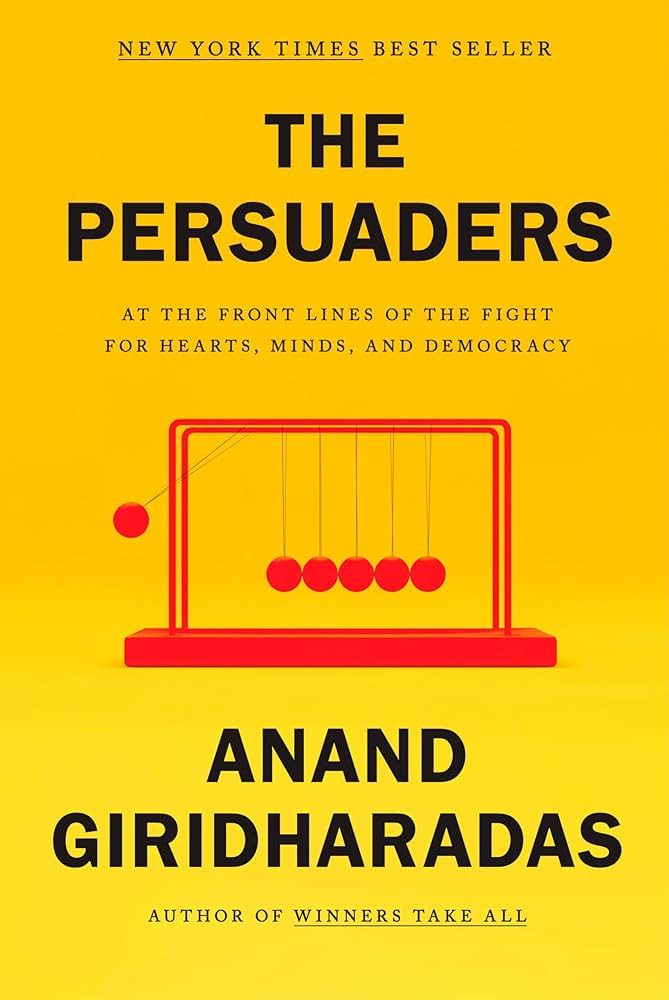
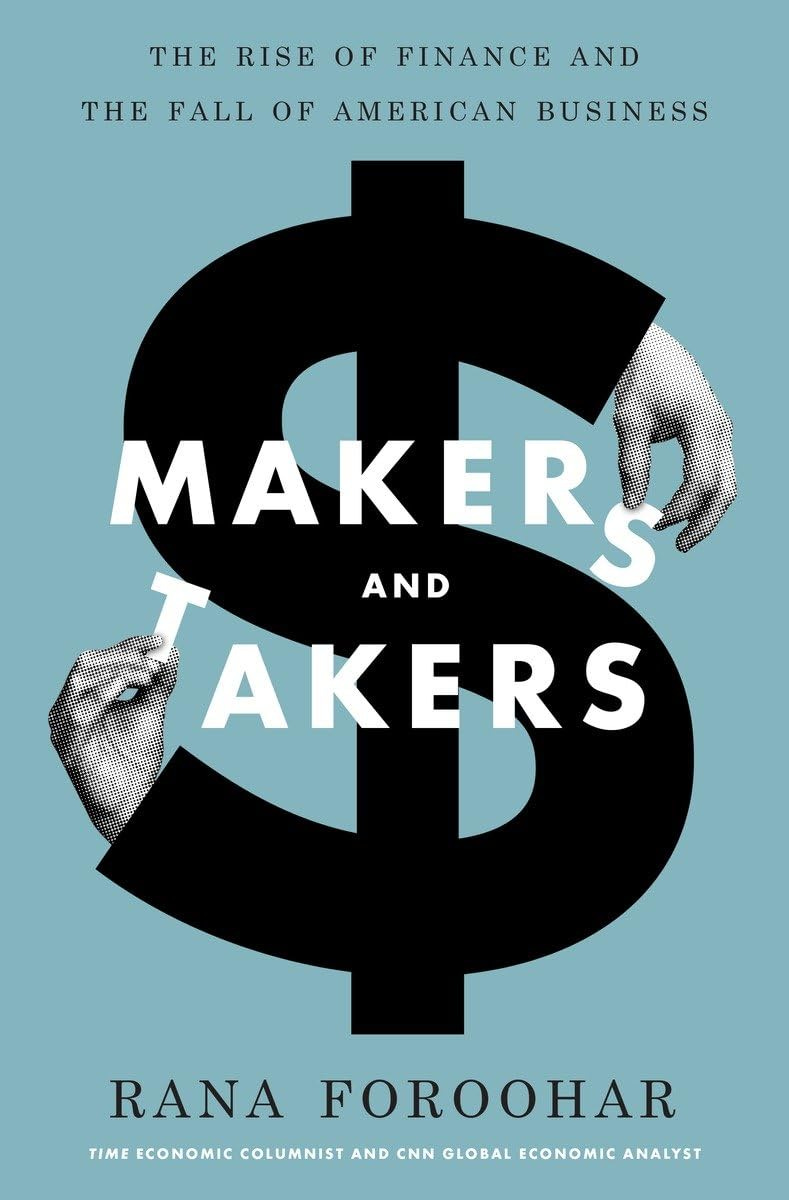
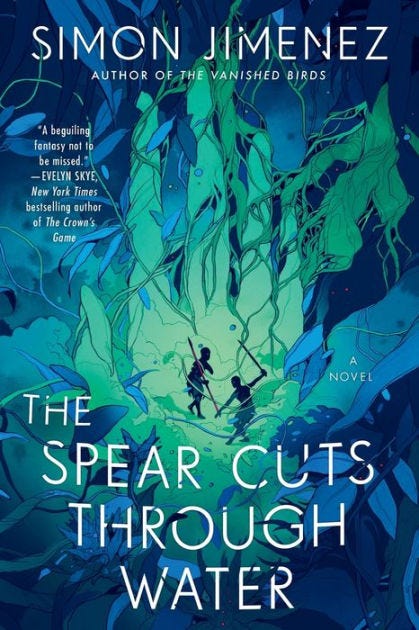
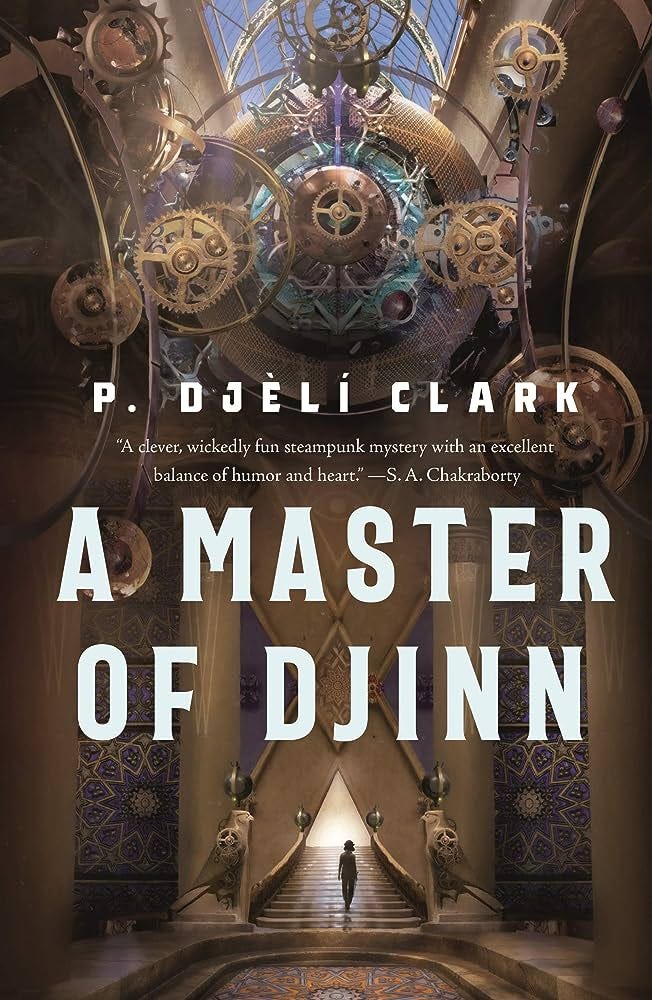


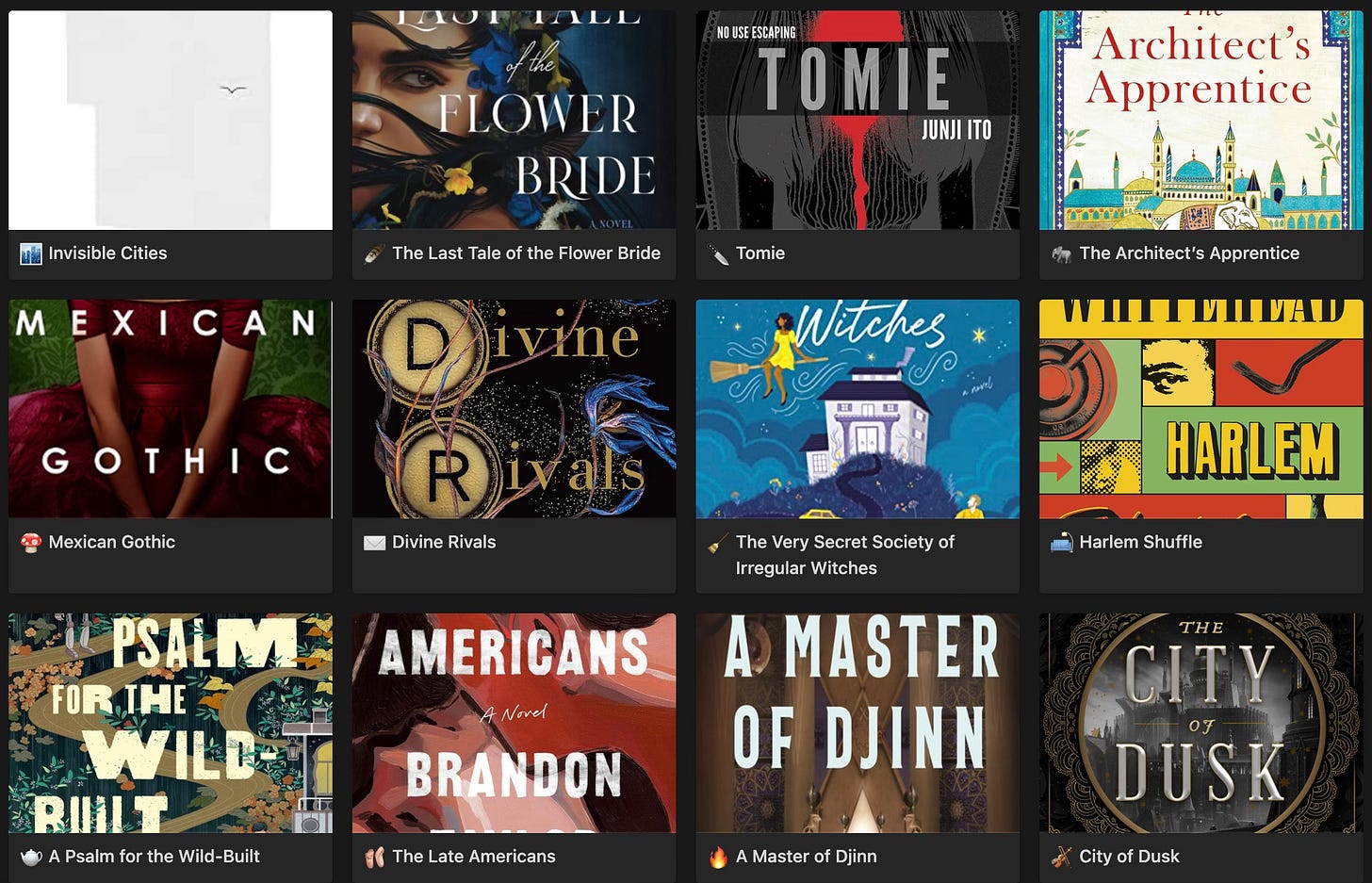
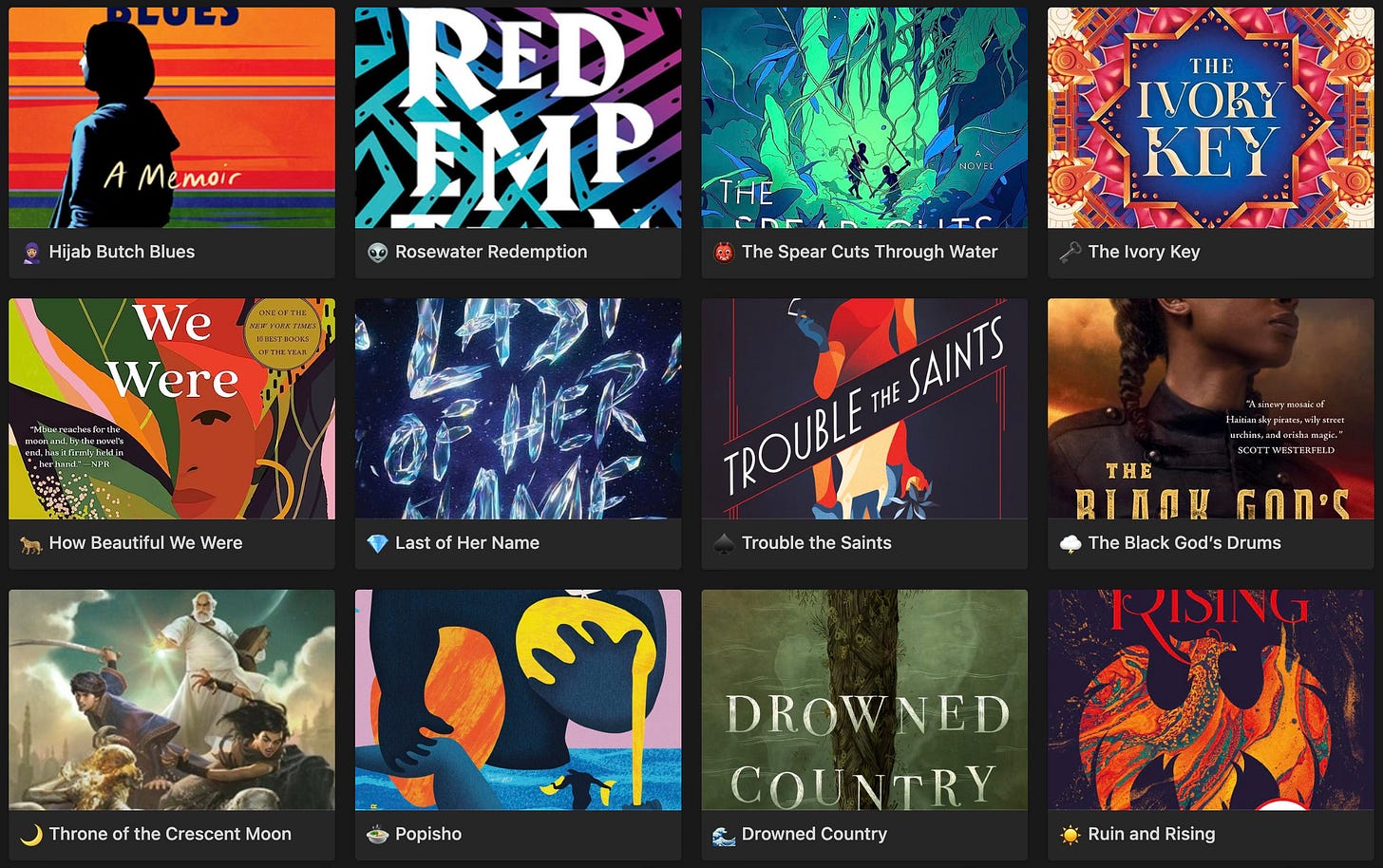
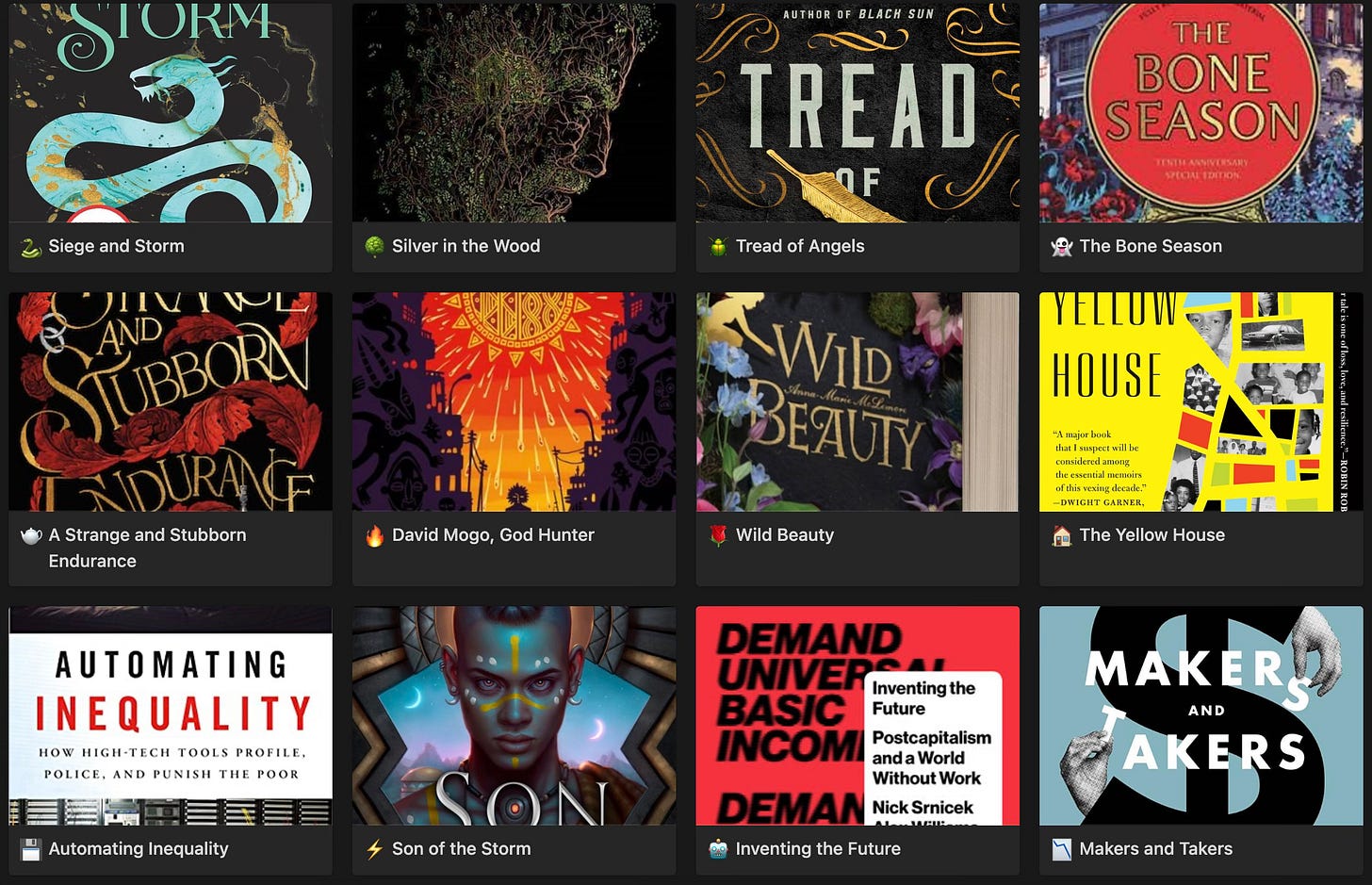


I’ve been meaning to read ‘Braiding Sweetgrass’ you’ve convinced me. Thank you!